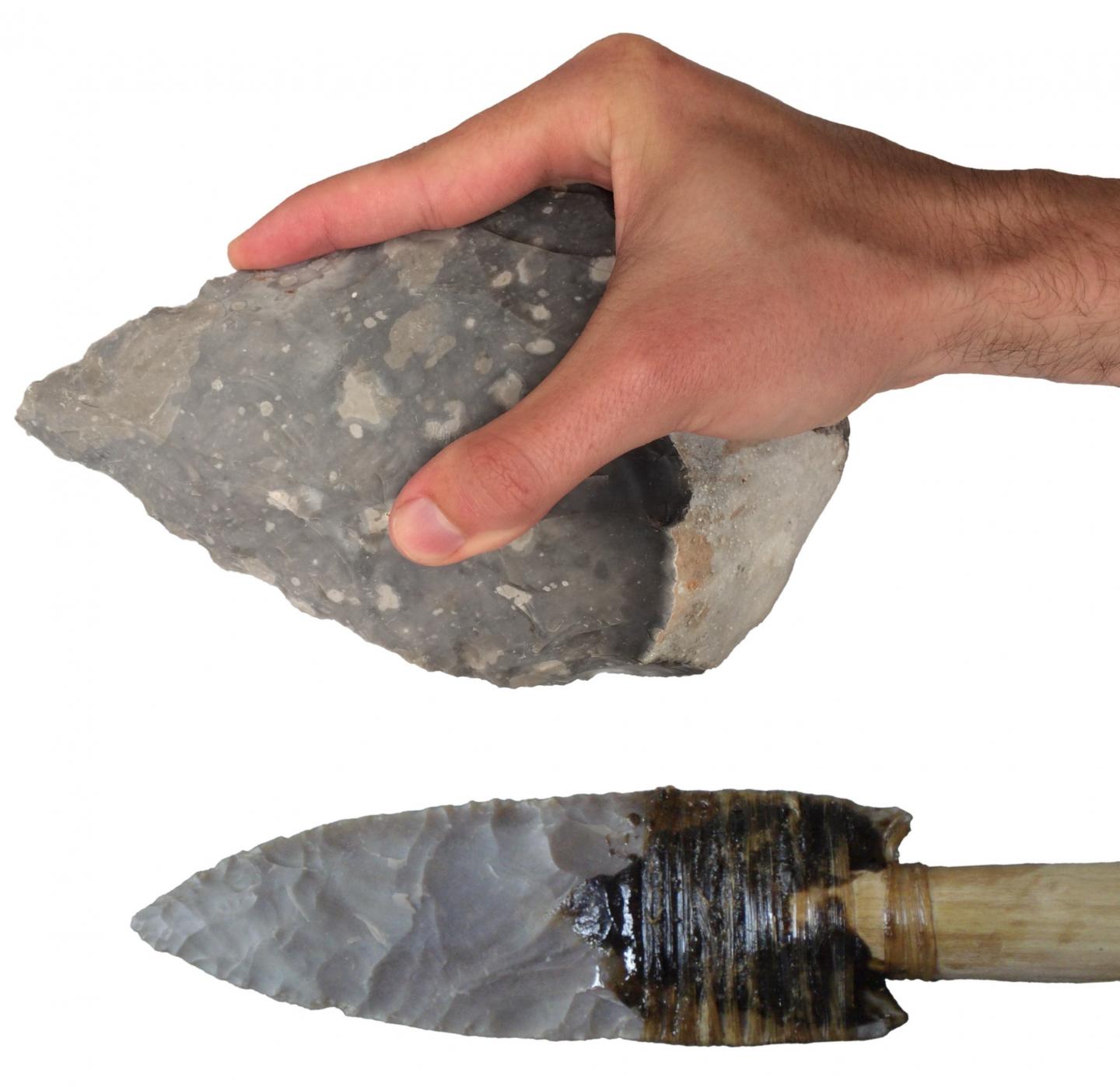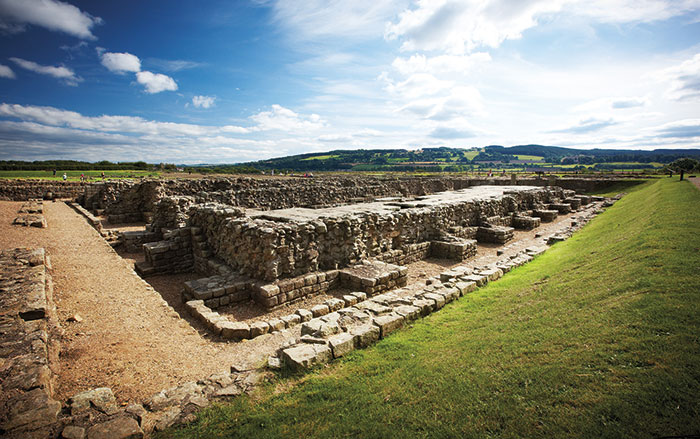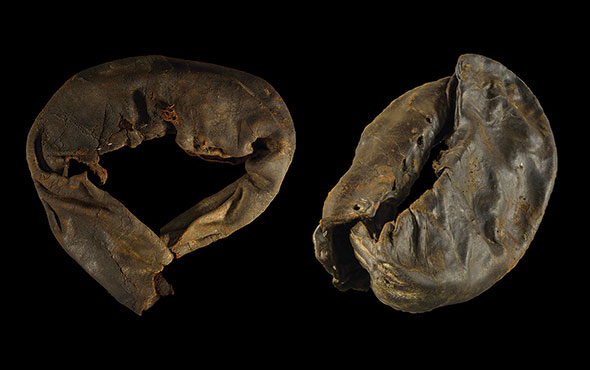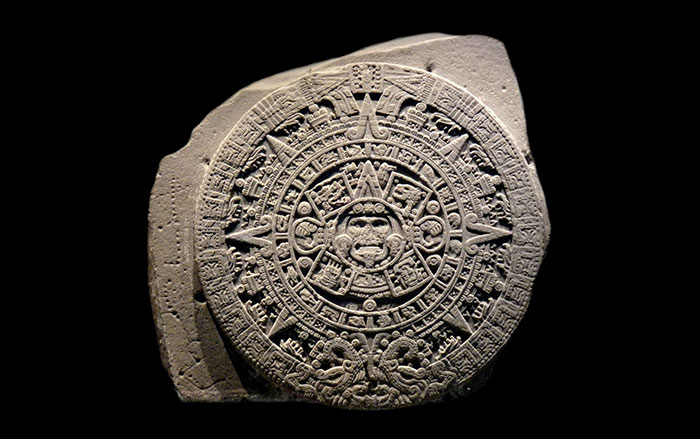
SUSSEX, ENGLAND—An experimental study of 500,000-year-old flint hand axes from England's Boxgrove quarry site suggests the tools were crafted by early humans who had anatomically modern human–like hands, according to a report in The Independent. Human finger bones dating back more than 300,000 years are extremely rare in the fossil record, making it difficult to know how well human ancestors were able to manipulate objects. So, Alastair Key of the University of Kent and his team attached sensors to the hands of modern flint knappers in order to measure the grips and strength required to reproduce stone tools using different techniques. The study suggests that a stronger grip would have been necessary to make the highly modified and shaped stone tools found in the Boxgrove quarry than to produce simpler tools. Key said such strong, dexterous hands would have been able to make a wide variety of objects from wood, antler, and bone, too. Human intelligence is thought to have evolved in an interactive process alongside manual dexterity, he added. For more, go to “Earliest Stone Tools.”











